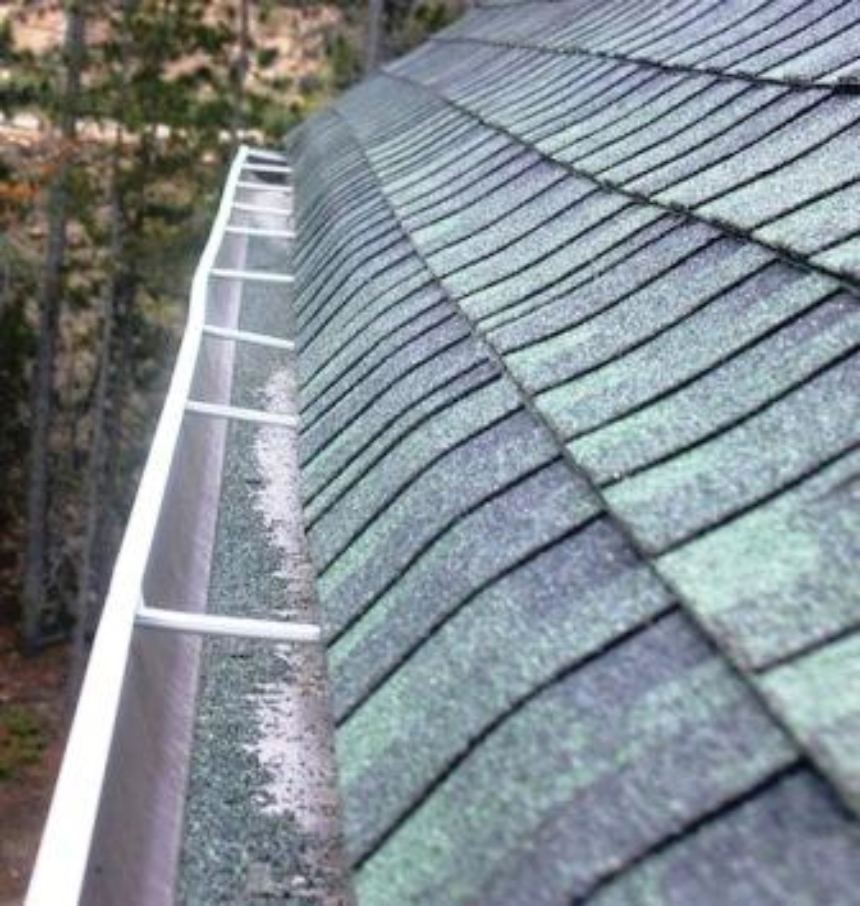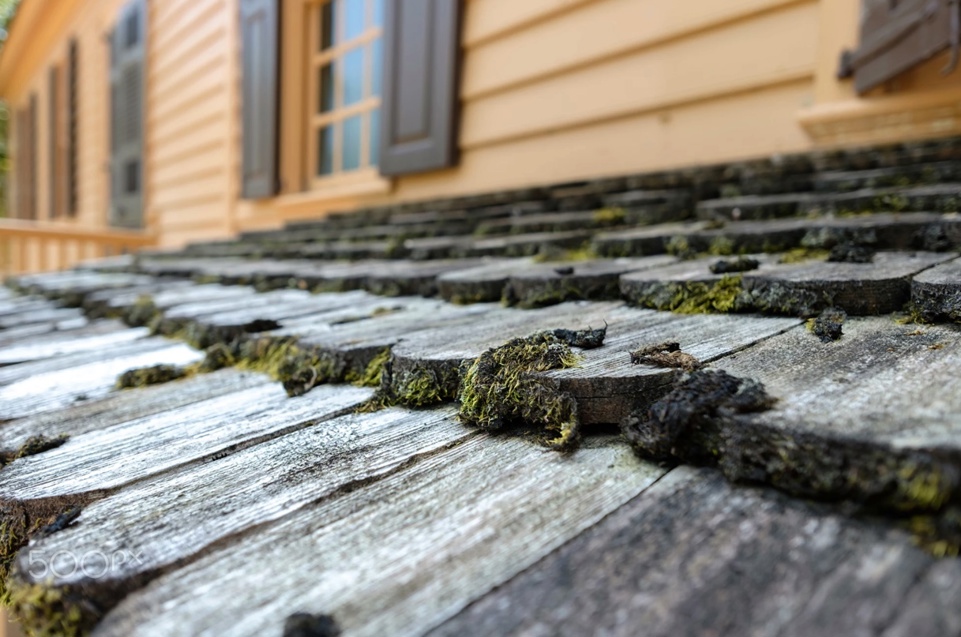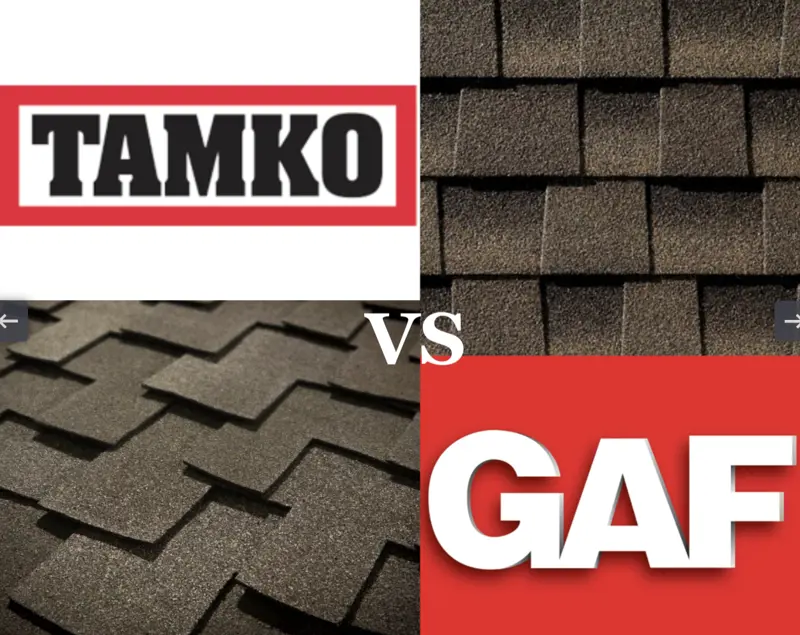
How Often Should I Replace My Roof?
Nothing lasts forever, including our roofs. Luckily, there are ways to tell us when it’s time for a new one. There's a medley of reasons that’ll call for a new roof including age and damage. Deciding to replace your roof is a big home investment (more on this later), so we’re taking a look at some of the key indicators that your roof has run its course.
Why Replace Your Roof?
 Tilcor Antica Steel Roofing System, available at Brennan Enterprises
Tilcor Antica Steel Roofing System, available at Brennan Enterprises
From an aesthetic perspective, a nice roof can help give your home a lift in curb appeal. Aside from simply enjoying a nice looking home, a good roof replacement can improve your home’s resale value. In fact, Remodeling.com found that in 2018, homeowners who had replaced their roofs recouped about 68% of their project value.
Roofing materials like shingles, tiles, and shakes serve a crucial role in maintaining the integrity of your home. They’re a waterproof barrier, keeping moisture out of the more porous materials that make up your home. Without them, you’ll eventually have rotted wood, interior ceiling leaks, and mold. Not an ideal state for an asset as valuable as your home.
Aside from keeping out water, good quality roofing materials can keep out heat and cold, improving your home’s energy efficiency. Energy Star maintains a roster of the most energy efficient roof products available on the market. To be Energy Star certified, these products have to help reduce the amount of air conditioning need in buildings by 10-15%. Definitely ideal for those of us living in Texas. Our roofs, exposed to direct sunlight, are one of the chief ways our homes heat up in the Spring, Summer, and Fall.
Some of the most popular roofing materials in the US are Energy Star certified, because who doesn’t love cost savings? For example, GAF® Timberline Cool Series® asphalt shingles are highly reflective, helping reduce temperatures in your attic and thus keeping your home cooler in the summer. If you’re looking for composite slate or shake, DaVinci Roofscapes offers a technology called Cool Roofs, which also reflect sunlight away from your home. Some of their products, like the Bellaforte Slate, Multi-Width Shake, and Single-Width Slate make great options for homeowners looking for energy efficient and elegant roofing.
How Long Does a Roof Last?
 Photo by Jan Zorn
Photo by Jan Zorn
Take a look at your home improvement records. You’ll want to consider the current roof’s installation date or its most recent repairs. You will also need to bear in mind the material it’s made of. Different roofing mediums generally have different life spans. If your roof warranty or materials are nearing the end of their life, it’s probably time to look into replacement.
The most common roofing material in the United States is asphalt shingles. This is because they are durable in a number of climates and hold up to rain, snow, and warmth and generally economical. These shingles are available made with organic materials or with fiberglass. Typically, you’ll see asphalt roofing last between 10-30 years. The harshness of the climate will impact the lifespan of the shingles. Homeowners in a climate with high winds or extreme heat are encouraged to keep a closer eye on the state of their shingles and refer to the specific warranties from their roof manufacturer.
Roofing begins to age as soon as it is exposed to nature and homes experience aging factors differently. Below are the average lifespans of roofing materials:
|
Roof Material |
Average Lifespan (Years) |
|
Asphalt (Fiberglass or Organic) |
10 - 30 |
|
Wood (Shake or Shingle) |
10 - 30* |
|
Clay or Concrete (Tile) |
50+ |
|
Composite |
20+ |
|
Slate |
50+ |
|
Metal |
30 - 50+ |
*If treated with preservatives
Curling, Buckling or Missing Roof Shingles

Missing shingles is a pretty obvious sign that your roof needs attention. How does this happen? A couple of ways. The wind is often the biggest culprit, but hail can cause this as well. A shingle that was lifted or blown off of the roof may have loosened the sealant and maybe even the nail. This needs to be addressed immediately.
Curling and buckling occur for a couple of reasons like improper installation or age. You’ll want to have someone check out any curling, lest leaking becomes an issue.
Your Asphalt Roof is Losing Granules

 Photo Courtesy of NACHI
Photo Courtesy of NACHI
Check the area around your rainspouts. Are you noticing little piles of gravel? If so this is a clue that your asphalt shingles are losing granules. Granules are added to shingles because they keep UV rays off the asphalt coating and increase fire resistance. In other words, they play an important role in keeping your roof cool (and cost-saving) and safe. If they’re on the ground, they aren’t doing their job.
You should be getting your roof inspected at least twice a year (spring and fall), and an inspector can identify missing granules. If you’re in between inspections and notice debris on the ground around your home, don’t hesitate to contact a contractor to confirm if your amount of granule loss warrants a roof replacement.
You Have an Unexpected Rooftop Garden
 Photo by Chris Ubik
Photo by Chris Ubik
Gardens are beautiful and can add serious appeal to your home. However, vegetation growth on your roof is indicative of a very serious issue with your shingles, shakes, slate, or tile.
Like mold, fungi, algae, or moss indicate that there may be trapped moisture that can cause issues with rot. Humid climates (like the one in North Texas), can exacerbate organism growth in a moisture trapping roof.
If you’re noticing black streaks or patches of green on your roof, get an inspector out to survey the situation.
Damaged, Rusty Chimney Flashing


Photo Courtesy of NACHI
Chimney flashing is the sheet metal that keeps the area between the chimney and the roof watertight. Improperly fitted flashing can cause rotting of the roof sheathing (the flat lumber that lays atop the rafters) and as a result, create moisture trapped under tiles, shakes, and shingles. If you suspect water is getting into your attic via the chimney, take a look after it rains. If you see evidence of moisture, you’ll need to get a contractor out to assess the damage.

Determining when to replace your roof takes into consideration several factors such as it’s material age and visible signs of distress. As your roof helps protect your home from the elements and assists in regulating its temperature, it’s important that it is in good condition. If you’d like to learn more about replacing your roof, contact Brennan at 817-860-9767.
Oops!
We don't currently serve your area but do want to help you plan your project. Try our Build & Price tool to get an idea of window & door costs within DFW. Your area may be higher or lower but at least you'll have some idea of the price.
Thanks for stopping by.






